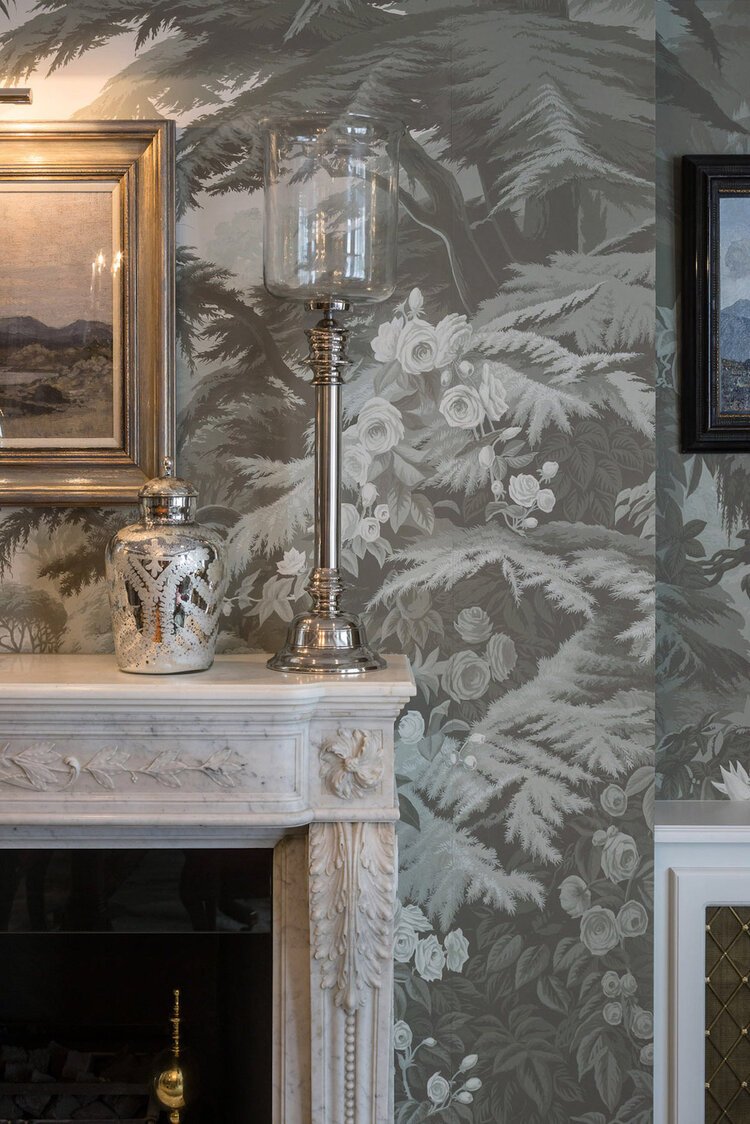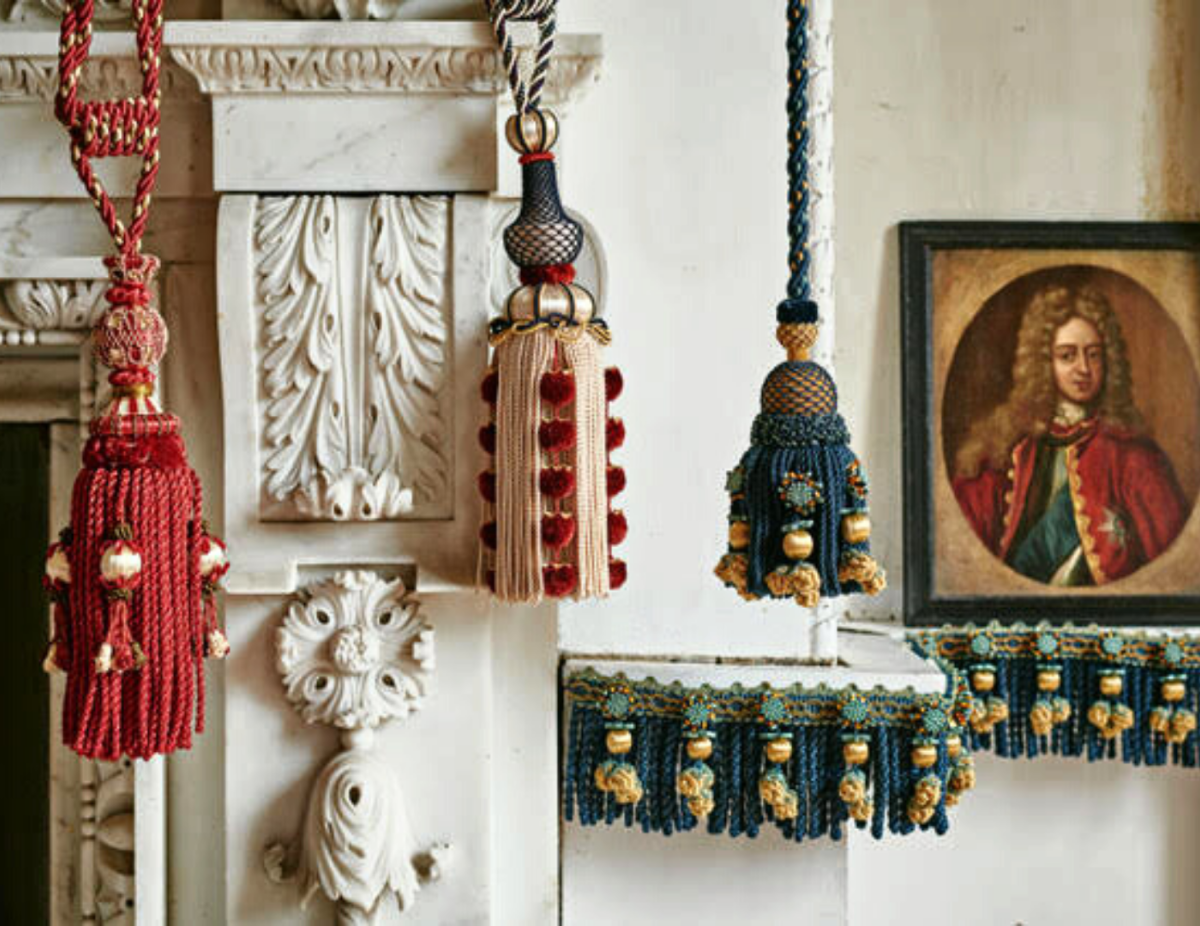Banishing the pastiche: How to work with historic fabrics and furnishings in homes and hotels
Incorporating historic design into your home is the perfect way to embrace a building’s character, create a conversation piece and ensure cohesion throughout your interior design. When creating original and authentic design, looking into historical archives will banish the pastiche. Thankfully, the UK has a treasure trove of suppliers and a wealth of historical archives just waiting to be tapped into.
One such British archive is Watts 1874 , founded in 1874 and experts in banishing the pastiche. Holding authentic and credible examples of design from the Mediaeval ages to the end of the Victorian and Edwardian Eras, many of Watts’ archives hold work from designer who would once have been considered the craftsmen of their time but are now viewed as the Holy Grail of artisans in historic design and detail.
Founded by architects, George Frederick Bodley, Thomas Garner and George Gilbert Scott the Younger, Watts 1874 developed a new style popularly known as ‘Queen Anne’ style. The inspiration behind this movement came from a variety of sources, including the geometric neo-Gothic wallpapers of Augustus Pugin, the sumptuous fabrics depicted in fifteenth-century paintings, the naturalism of William Morris, and grand late seventeenth-century damasks.
In the 21st Century, Watts 1874 now boasts a continuation of traditional methods, an archive of historical designs, and a range of contemporary colours for wallpapers and textiles. Handmade using the most sophisticated digital technology paired with traditional pear-wood printing blocks, their artists redraw trees, figures, mountains and temples, persuading these rich narratives to talk to us again, elegantly revived as a printed surface.
Woolf Interior’s Harlington House project showcases our use of unique traditional textiles, passementerie and wallpaper. Click the photo to see the full project.
We find it intriguing to incorporate this kind of historic design into our clients’ homes and hotel projects, by taking an original design in the archives and reworking it into a contemporary scheme by using modern printing techniques, like digital printing. For example, in our work, we may take an original damask print, reduce its colour into two colour ways, and print it as double width wallpaper to use in a modern interior design project. This is not only cost effective, but it’s drawing upon the original design archives and making it relevant in a home or building today.
Design is influenced by life, and as Britain has evolved through changes so the boundaries of interior design have been pushed and altered. Watts, like all design archives, do not only consist of fanciful fabrics and detailed wall coverings; they showcase the progression of history as it stays intertwined with their interior design. In fact, the art of passementerie was once a highly regarded craft, and in any interior setting was considered the height of fashion. Although lost over the years, it has revived from time to time and the likes of Watts 1874 keep the craft alive.
Using stunning pattern, joyful colours, and comforting history is sure to lift the spirits of anyone who layers it into their homes and hotels.
Thank you to Watts 1874 for years of beauty, professionalism, and inspiration. If you’re planning a renovation or project that you feel would benefit from an injection of top-quality historical design influence, speak to Woolf Interior Design and Interior Architecture.









